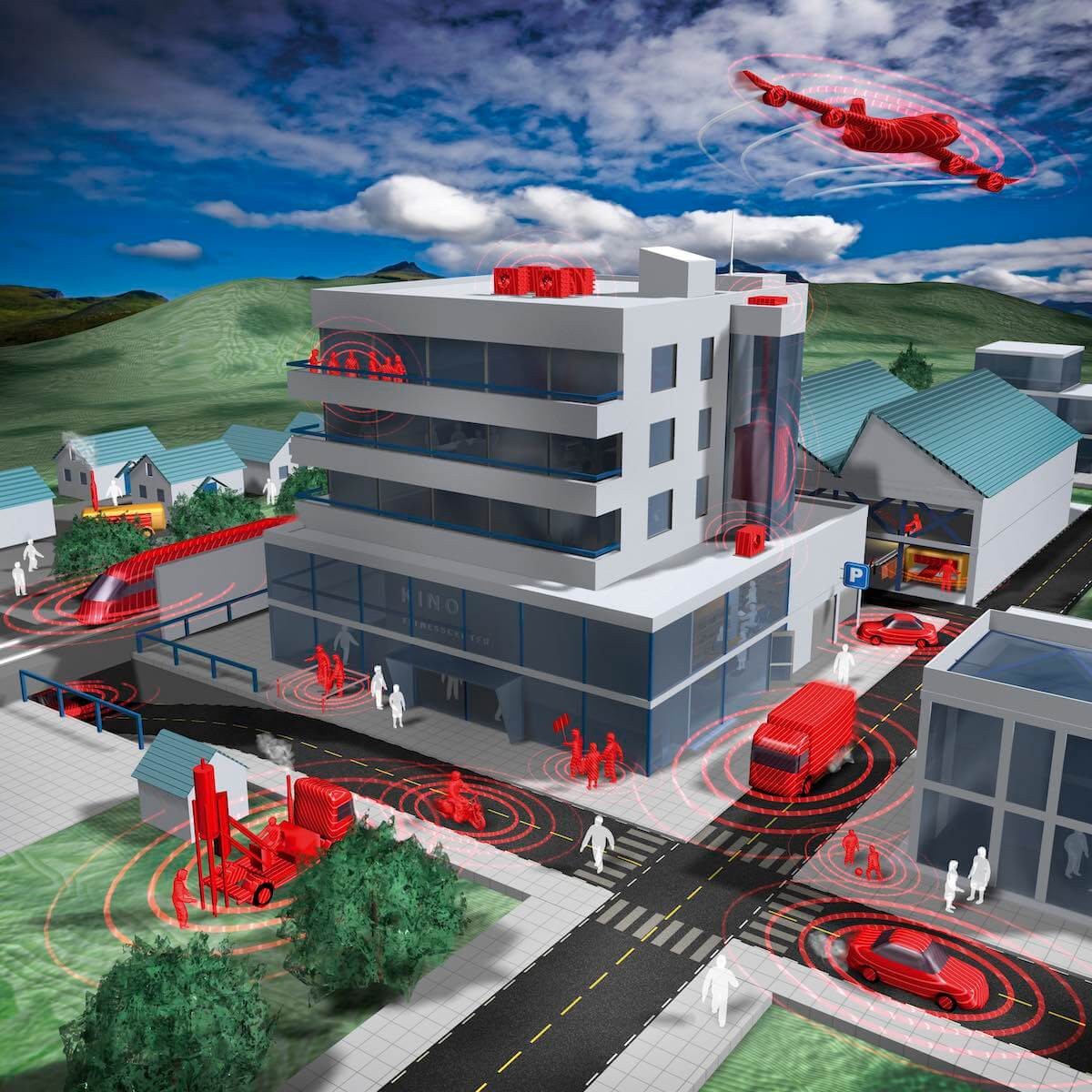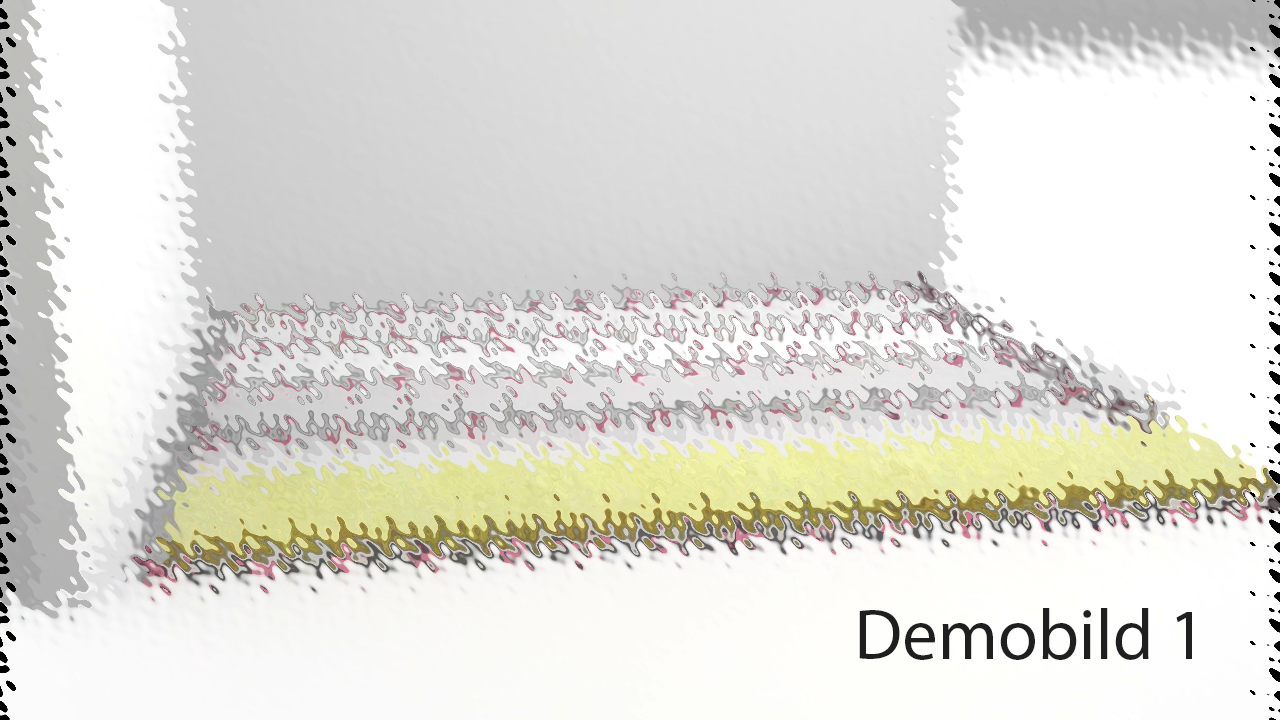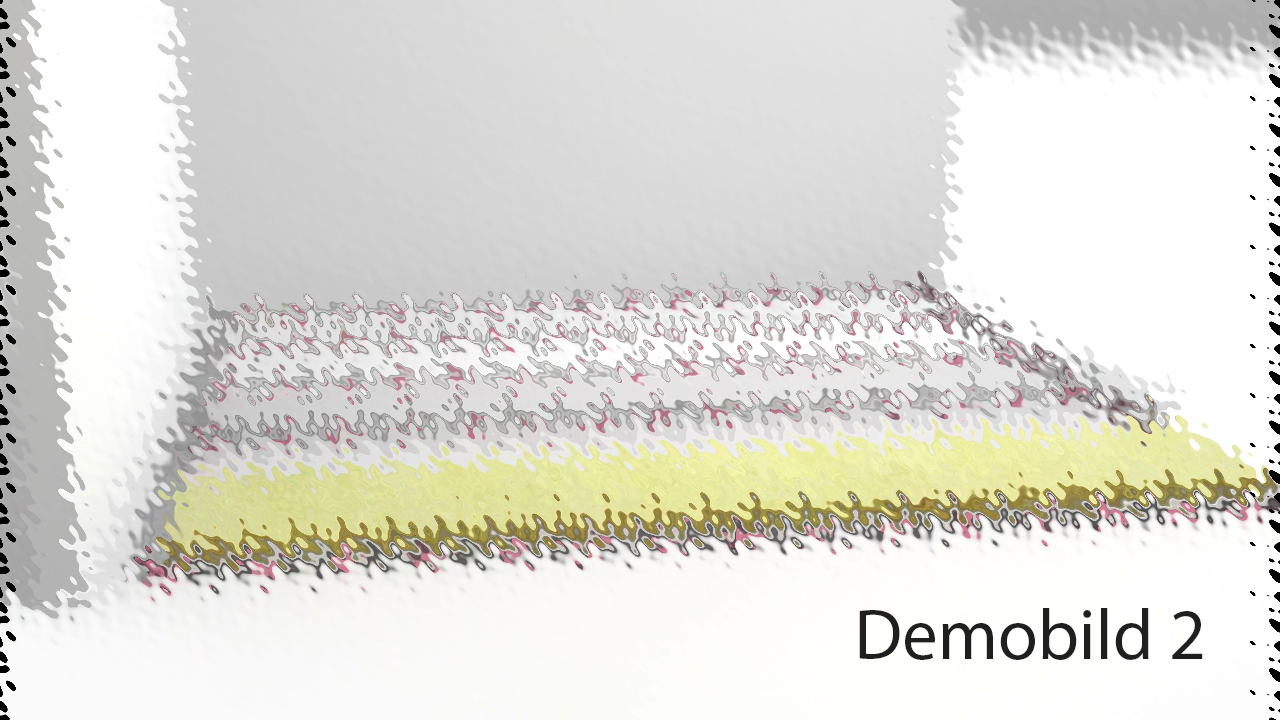-
closeSTÄNG
-
Products
-
-
-
-
-
-
-
-
-
Dämpning
-
-
-
About Vibratec
-
-
Historia
-
NewsNews archive
-
-
-
-
-
bild

-
-
-
Contact
-
-
SverigeTel +46 176-20 78 80 Mail info@vibratec.se
-
-
-
SverigeTel +46 176-20 78 80 Mail info@vibratec.se
-
-
-
SverigeTel +46 176-20 78 80 Mail info@vibratec.se
-
-
-
SverigeTel +46 176-20 78 80 Mail info@vibratec.se
-
-
-
SverigeTel +46 176-20 78 80 Mail info@vibratec.se
-
-
-
SverigeTel +46 176-20 78 80 Mail info@vibratec.se
-
-
-
SverigeTel +46 176-20 78 80 Mail info@vibratec.se
-
-
-
closeSTÄNG
-
Products
-
-
-
-
-
-
-
-
-
Dämpning
-
-
-
About Vibratec
-
-
Historia
-
NewsNews archive
-
-
-
-
-
bild

-
-
-
Contact
-
-
SverigeTel +46 176-20 78 80 Mail info@vibratec.se
-
-
-
SverigeTel +46 176-20 78 80 Mail info@vibratec.se
-
-
-
SverigeTel +46 176-20 78 80 Mail info@vibratec.se
-
-
-
SverigeTel +46 176-20 78 80 Mail info@vibratec.se
-
-
-
SverigeTel +46 176-20 78 80 Mail info@vibratec.se
-
-
-
SverigeTel +46 176-20 78 80 Mail info@vibratec.se
-
-
-
SverigeTel +46 176-20 78 80 Mail info@vibratec.se
-
-
-
closeSTÄNG
-
Products
-
-
-
-
-
-
-
-
-
Dämpning
-
-
-
About Vibratec
-
-
Historia
-
NewsNews archive
-
-
-
-
-
bild

-
-
-
Contact
-
-
SverigeTel +46 176-20 78 80 Mail info@vibratec.se
-
-
-
SverigeTel +46 176-20 78 80 Mail info@vibratec.se
-
-
-
SverigeTel +46 176-20 78 80 Mail info@vibratec.se
-
-
-
SverigeTel +46 176-20 78 80 Mail info@vibratec.se
-
-
-
SverigeTel +46 176-20 78 80 Mail info@vibratec.se
-
-
-
SverigeTel +46 176-20 78 80 Mail info@vibratec.se
-
-
-
SverigeTel +46 176-20 78 80 Mail info@vibratec.se
-
-
Floor system VT-dBlock
VT-dBlock Raised Floor System is an adjustable system for raised floors specially developed for a quick and easy installation and for effective impact and airborne sound isolation.
The system consists of very robust ABS plastic components, damping pad and aluminum profiles (Al-bars) - all components are clicked together. By using different types of damping pads, different noise reduction can be achieved, and by playing with c/c distances, higher load capacity (or less bounce) can be obtained.
The system is as simple as building a standard floor of wood and chipboard - but with the benefits of adjustability in terms of sound and construction height. The adjusting screw is available in 2 standard lengths: 200 mm and 400 mm.
VT-dBlock is first and foremost a floor for sound attenuation and is used in appartments, offices, schools and public premises.
VT-dBlock can be used for both new production and renovation as:
-Sound floor
-Floor for waterborne heat
-Floor for electric heating
-Installation floor
-Ventilation floor
Characteristics
- Type
- Complete System
Floor System
|
Sound-proofing The various damping pads in the dBlock systems have been tested in Vibratec's own lab in Denmark. dBlock is further tested and type-approved by SINTEF in Norway - in addi tion, a number of measurements of step and air sound insulation have been carried out on completed projects (CLT projects, gyms, homes, offices). Depending on sound requirements, damping cushions are used in a thickness of 12.5, 25 or 50 mm. Creak A resilient floor will move when loaded. Even small deflections can cause creaking when floorboards move. For example in screws, joints or against a wall. Therefore, self-adhe sive elastic strip VT-STRIP is used between floorboard and wall. Furthermore, gluing floorboards to the floor joists is recommended (although traditional screwing works). Fire To prevent the spread of fire and smoke under the raised floor, the system can be supplemented with a vertical floor barrier: VT-RFB (Raised Floor Barrier). This barrier also contributes to reduced sound transmission by sealing the voids between the raised floor and un there floor. This is useful, for example, in corridors or offices with rooms/walls on a common dBlock floor. VT-RFB is made of mineral wool insulation with a reinforced aluminum foil on both sides which provides excellent resistance to fire and smoke. |
Comfort VT-dBlock floor systems not only provide a reduction in structural noise – they also provide floors that are comfortable to walk on. Hard or completely dull floors wear on joints, ligaments and backs. The dBlock system's elastic foot provides a slight deflection when the floor is loaded, which provides a more comfortable feel and, in the long run, a healthier floor. Design and installation Vibratec can assist with planning and make floor plans for each room with measured placement of damping feet and rules. The studs are cut according to the layout drawing on site or delivered if desired in pre-cut lengths. The adjustment screws can also, to minimize the installation time, be delivered in finished length (if the need for adjustability does not exist). Vibratec can also assist with installation on site if desired. Mounting Before assembly, the substrate must be vacuumed. Damping feet are glued to the substrate - no drilling or screwing is required. Adjustment screw (200 or 400 mm) is clicked into the foot and cut at laser height. The threaded sleeve is rotated firmly in the adjusting screw - fine adjustment can now be made by rotating the bracket or the adjusting screw. Self-adhesive elastic strip is attached to the wall and the floorboards can now be glued/screwed in the rules. The floor studs (Aluminium profiles) are clicked into the threaded socket of each screw - mount the frame along the walls first. See also separate assembly instructions and video on Vibratec's website. |
|||














